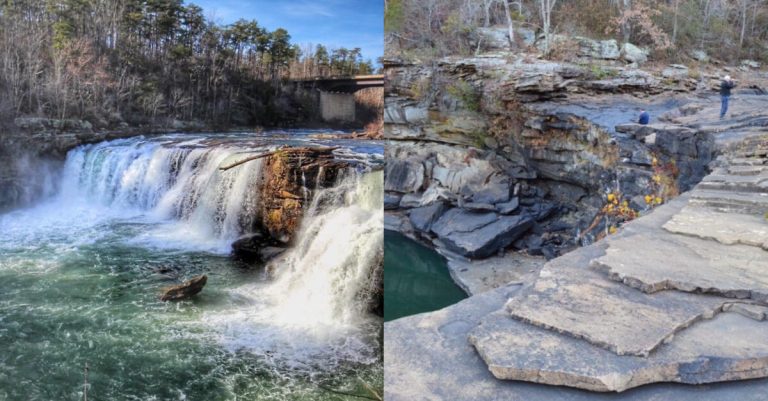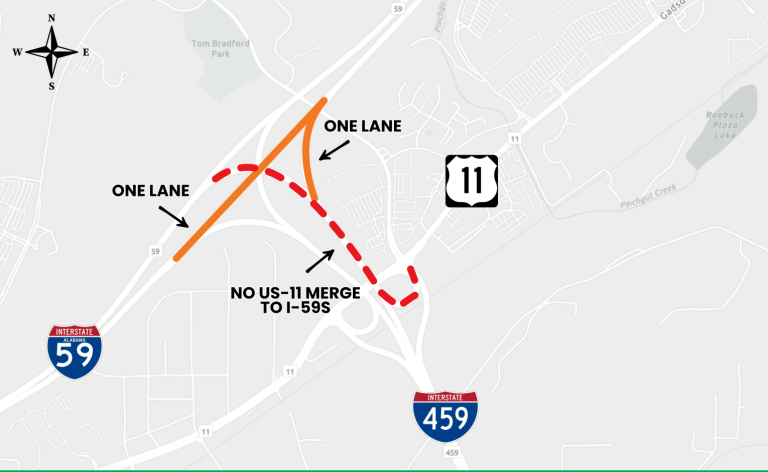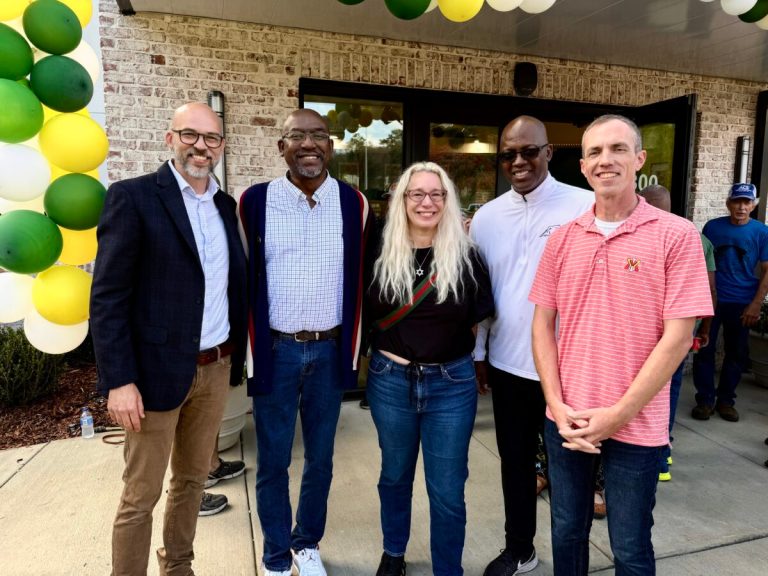Alabama Fishermen fought for a right to know the safety of eating local fish. Here’s what you need to know.
Reading time: 6 minutes
Sponsored

You might have heard the popular saying ‘A bad day of fishing is still better than a good day at work’. This might be true – unless the fish you’re catching and eating are unhealthy for you.
Three decades ago, anglers were worried about contaminated fish they were catching in the Coosa River and other Alabama lakes and streams.
In May 1993, they took their concerns to the Alabama State Capitol. Over 20 fishermen hitched their boats to their pickup trucks and encircled the State House.

The mobile flotilla brought attention to a bill introduced in the legislature that would require the posting of signs where industries discharge cancer-causing waste into rivers, streams and lakes.
The legislation the anglers were advocating for that day was aptly called the Fisherman’s Right to Know Act. Despite their pleas and solidarity, the bill failed.
Times Have Changed

Fast forward almost 30 years.Times have changed.
This past spring, Waterkeepers Alabama announced the placement of 45 fish consumption advisory signs at freshwater boat ramps managed by the Alabama Department of Conservation and Natural Resources on waterways across Alabama.
These signs are intended to alert anglers about nearby fish consumption advisories issued by Alabama’s state agencies. Each sign features a convenient hotline that anglers can call toll-free to hear a recording of the over 200 fish consumption advisories for the whole state.
It may have taken three decades, but those anglers on bass boats won.
How did that happen?
In this, our series about the Coosa River, we previously examined why the watershed was placed on the American Rivers 2022 “Most Endangered” list. Our second story was about the Coosa River Swim Guide Program. For our third and final installment, we learn how a Coosa River project called the’ Fish Guide’ rejuvenated the long dormant Fisherman’s Right to Know campaign.
Birth of the Fish Guide

Anglers love the Coosa River.
It is home to one of the most elite bass tournament fishing regions in the nation. In fact seven of the 51 Bassmaster Classics have been hosted in the river basin.
Not only do anglers use the river for fishing tournaments—a lot of people rely on the river for food.
Unfortunately, there are places on the Coosa Watershed where serious pollution problems from both industrial and agricultural sources make consuming fish hazardous to one’s health. As a result, Alabama’s Department of Public Health lists 30-plus fish consumption advisories annually in the Coosa River basin alone.
In 2020, a powerful Southern Exposure film titled “Fisher’’s Right to Know” documented the problem and the state of Alabama’s inability to reach and help local anglers.
To tackle this problem, the Coosa Riverkeeper crafted a new conservation program called the “Fish Guide.”
“What we have done at Coosa Riverkeeper is create a program that elevates the fish consumption advisories that are on the Coosa River,” explained Coosa Riverkeeper’s Justinn Overton, Executive Director and Staff Riverkeeper.
“Our job is to ensure that fishermen and fisherwomen in Alabama have a right to know where these advisories exist—to protect these families as they use the river to put food on the table.”
How the Fish Guide Works
The Fish Guide has three simple components. Here is how it works:
CALL!
The Coosa Riverkeeper set up the Alabama Fish Consumption Advisory Hotline, not only for the Coosa River watershed, but with the help of fellow Waterkeeper organizations—every watershed in the entire state!
The number to the free service? 844-219-RISK (7475)

CAST!
Location, location, location. Not sure what a fish consumption advisory is? A fish consumption advisory is a state-issued recommendation on places to limit (or avoid) consumption of certain fish species at specific locations along water bodies in Alabama. You can see the current list of advisories here.
Thanks to Waterkeeper Alabama, here’s a Google map of the nearly 200 advisories statewide.
COOK!
You can reduce your exposure to toxins by the way you prepare and consume the fish. The Coosa Riverkeeper has produced a helpful webpage and video ‘how to’ guide.
Why the Coosa River Fish Guide Matters—From a Fisherman


Dion Grimes, a kayak fisherman from Wilsonville, in Shelby County, summed up why the Fish Guide matters for anglers who live and breathe fishing.
“The Fish Guide is important to me because it gives me specifics on where the pollutants are getting into the fish, making eating fish problematic. I love what the riverkeepers do—publicizing and getting it out there. While the state releases a lot of the fish consumption info themselves, they don’t promote it a lot. So keeping these updated and keeping them out there in the public eye is a huge benefit for the health of the population.”
How You Can Get Involved

Beyond the Fish Guide and the newly-minted fish consumption advisory signs at boat launches statewide—more needs to be done to reach the anglers.
For example, in 2021, a study conducted by the Coosa Riverkeeper found that about one-third of Coosa anglers were unaware of fish consumption advisories and even less than half of anglers already aware of fish consumption advisories feel they know specifics about the advisories. Just being aware of fish consumption advisories is not enough to protect the health of anglers and their families.
More work needs to be done.
Much like the anglers back who protested in 1993 on their bass boats around the Alabama State Capitol, expect the Coosa Riverkeeper to keep coming up with ways to expand the people’s “right to know” what’s in our fish we catch or whether it is safe to swim.
Want to get involved? Here’s what you can do.
Join:
Sponsored by:




